This Is Why February’s Full Supermoon Is The Biggest, Brightest Full Moon Until 2026
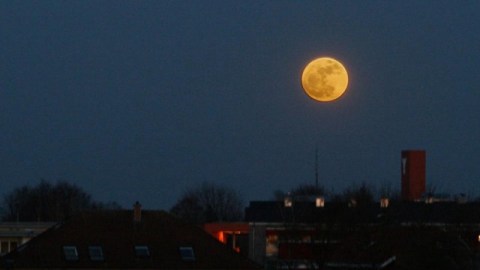
It’s a rare occasion for orbits to align so perfectly. Enjoy the sights this Tuesday.
On Tuesday, February 19th, the Moon will reach perigee, its closest point of approach to planet Earth. On that same day, just a few hours earlier, its surface will be 100% illuminated by the Sun, creating a perfectly full Moon. This combination of the Moon’s closest approach to Earth and the Moon reaching its moment of greatest illumination together not only creates a Supermoon, but one that’s maximally bright as seen from Earth.
From the Americas, the biggest, brightest moments will come before dawn early Tuesday morning; for Europe, Asia, Africa and Australia, the best views will be after sunset on Tuesday night. If you’re only going to see the Moon once this year, this is the ultimate time to do it.
But if you miss it, you won’t get a Supermoon as big or bright in the sky again for another 7 years: until 2026. Here’s the reason why.
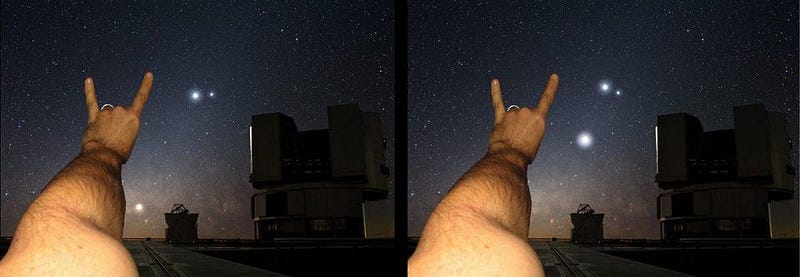
Every 29.53 days, the Moon cycles through its phases: new to crescent to quarter to gibbous to full, and then back to gibbous to quarter to crescent to new. If you hold your hand at arm’s length and throw heavy metal horns, the distance between your two outstretched fingers will mark the approximate distance the Moon will appear to move from night to night.
The motion of the Moon that you see coincides with its motion around the Earth, which takes the shape of an elliptical orbit, all while the Earth-Moon system revolves around the Sun. The night to night motion of the Moon through the sky, representing about a 12 degree migration towards the east, corresponds to the daily changes in its phase.
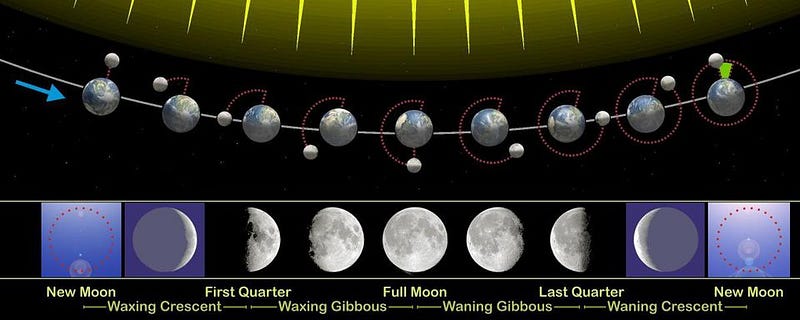
But it doesn’t take 29.53 days for the Moon to make a full 360 degree revolution around Earth. Instead, that happens more quickly: in just 27.55 days. The reason it takes so much longer — a full two days longer — for the phases to cycle is that the Earth isn’t stationary while the Moon orbits it, but rather moves relative to the Sun.
The Earth’s motion through space is significant: we move at a speed of approximately 30 km/s relative to the Sun, meaning that in the time the Moon has completed a 360 degree revolution around Earth, the Earth-Moon system has moved some 71 million kilometers (44 million miles) through space. It’s a testament to the Moon’s rapid orbit that it can compensate for that extra motion in just two days!
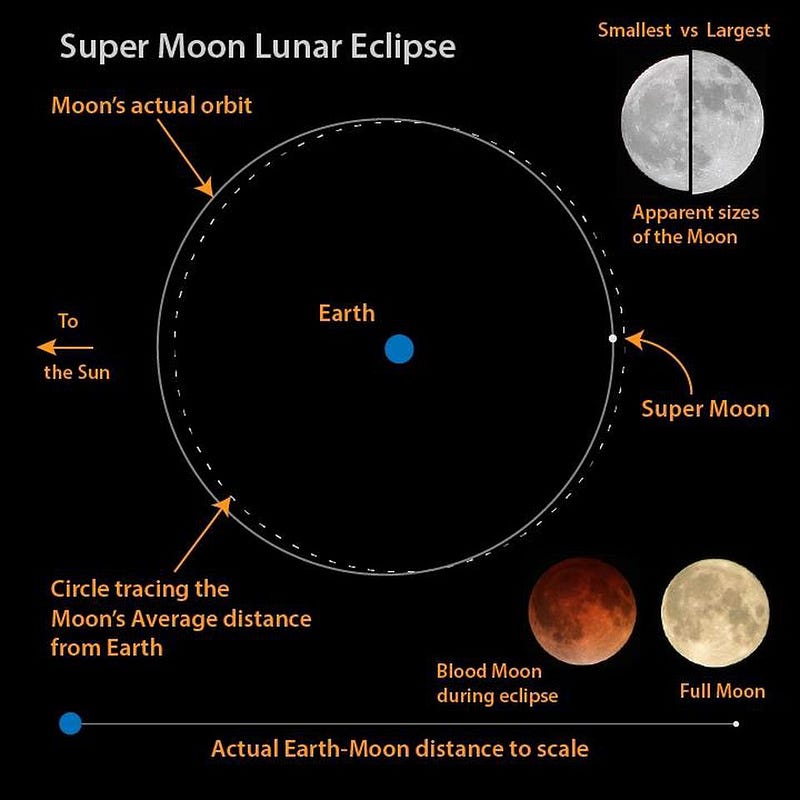
There are other intricacies to the Moon’s orbit around the Earth, however. It doesn’t just make the same ellipse around Earth in a constant fashion. There are other forces at play. For example:
- The Sun pulls unevenly on the Moon throughout a lunar month: its gravitational attraction is stronger during the new phase and weaker during the full phase.
- The Earth is more distant from the Sun in July and closer to the Sun in January, causing a slight difference in both gravitational pull and orbital speed.
- The Moon is sometimes more closely aligned with the Earth-Sun plane and Earth’s axial tilt than others, sometimes inclined at only 18 degrees but other times as inclined as 28 degrees.
Additionally, because the Sun always shines evenly but the Moon has uneven speeds in its elliptical orbit, the Moon appears to wobble, or librate, in the sky as viewed from Earth.
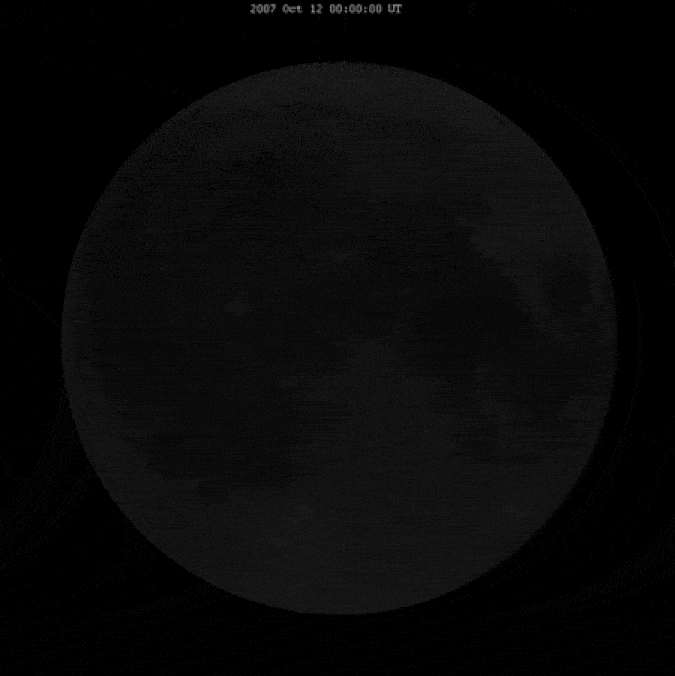
The Moon isn’t always at apogee or perigee during specific phases, either. Because of the way the Moon orbits the Earth and the Earth-Moon system orbits the Sun, the lunar cycle migrates off of the solar (annual) cycle by approximately 20 days.
This means that if we have a perigee Moon that’s also a full Moon this year (2019) on February 19th, we can expect another perigee full Moon next year (2020), but offset by approximately 20 days: on March 10th.
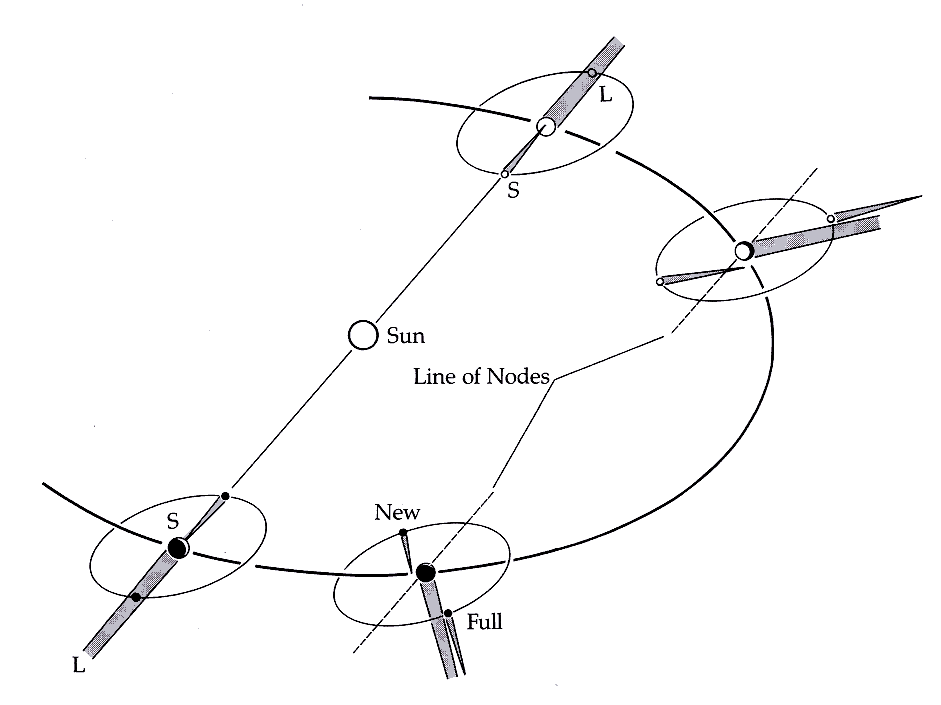
That’s exactly what’s going to happen, except there’s an additional caveat. That perigee full Moon, although it will be a Supermoon, won’t be as large as this year’s Supermoon, nor will it even be the largest Supermoon of that year, which will instead occur in April.
The reason for this is that all of the factors we talked about earlier, such as
- the pull of the Sun on the Moon and Earth separately,
- the monthly changes in speed of the Moon’s motion around Earth,
- changes in the speed of the Earth around the Sun over the course of a year,
- and changes in the relative inclination of the Moon with respect to Earth’s axial tilt,
lead to both monthly and annular variations in how close the Moon gets at perigee and how far the Moon gets when it reaches apogee.

In general, the largest Supermoons will occur when lunar perigee and the full Moon phase are most closely aligned. On Feburary 19th, they will fall within 6 hours of one another, which is a remarkably close coincidence, and one which we won’t be so lucky to achieve again for many years.
In 2020, the April Supermoon will have perigee and the full phase miss by 8 hours.
In 2022, the July Supermoon will see perigee and the full phase miss by 9 hours.
In 2023, there will be a closer perigee moon, but it will coincide with the new phase instead of the full phase; it won’t be visible from Earth.
In 2025, the November Supermoon will come close again: perigee and the full phase will miss by just 9 hours.
And finally, in 2026, we will get a Christmas Supermoon on December 24th, where lunar perigee takes the Moon within 356,649 km of Earth, slightly closer than the 356,761 km we’ll achieve this Tuesday, February 19th.
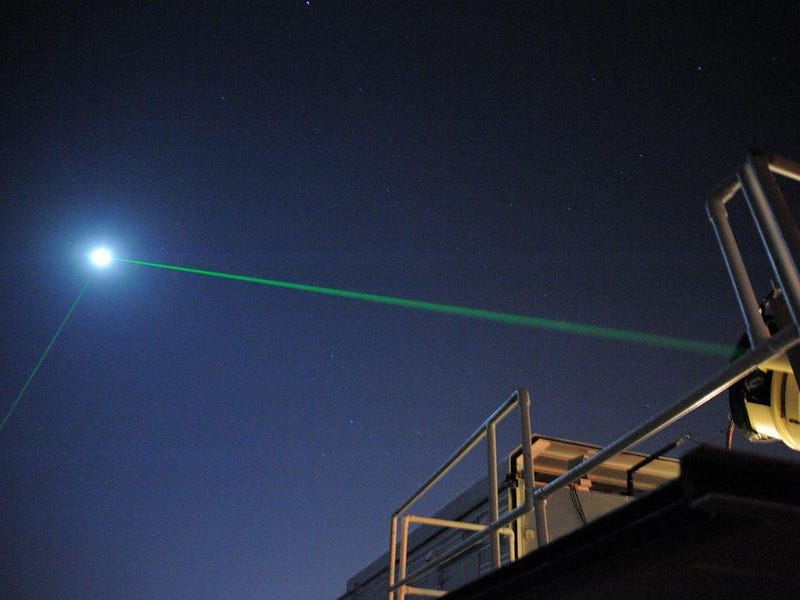
We can track the lunar distances better than ever, observationally, thanks to the development of lunar laser ranging pioneered in the 1960s. Around the same time, in the 1960s and 1970s, our numerical calculations improved to the point were we could begin predicting the motion of the Moon around the Earth, over time, to even better accuracies than we could measure: to approximately 10 significant digits.
As it stands today, we can predict and observe the Earth-Moon distance at any given time to better than centimeter-level precision, compared to a typical Earth-Moon distance of 380,000 kilometers. It’s only the combination of all the relevant orbital factors that enable the Supermoon of this Tuesday, February 19th, to be as big and bright as it will appear in the skies.
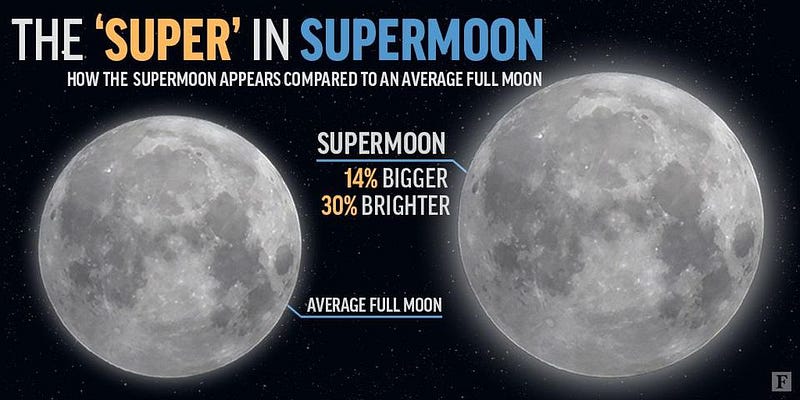
If you were wondering when the next really, really close Supermoon was going to be, that’s coming on November 22, 2034, where the perigee position of the Moon and the maximally full phase will coincide with less than 30 minutes difference. The perigee full Moon, at that time, will come within 356,447 kilometers of Earth, less than 100 kilometers shy of the closest distance ever achieved over the last 5,000 years!
It’s unlikely, however, that you’ll visually notice a difference from Supermoon to Supermoon. Human eyes are typically good at detecting differences in the relative brightness of objects, but rather poor at detecting differences in the absolute brightness of objects, where you have to go from memory. Even if you can’t tell a brightness difference of less than 1% between various perigee Supermoons, it’s still worth a look up to take in these remarkable sights.
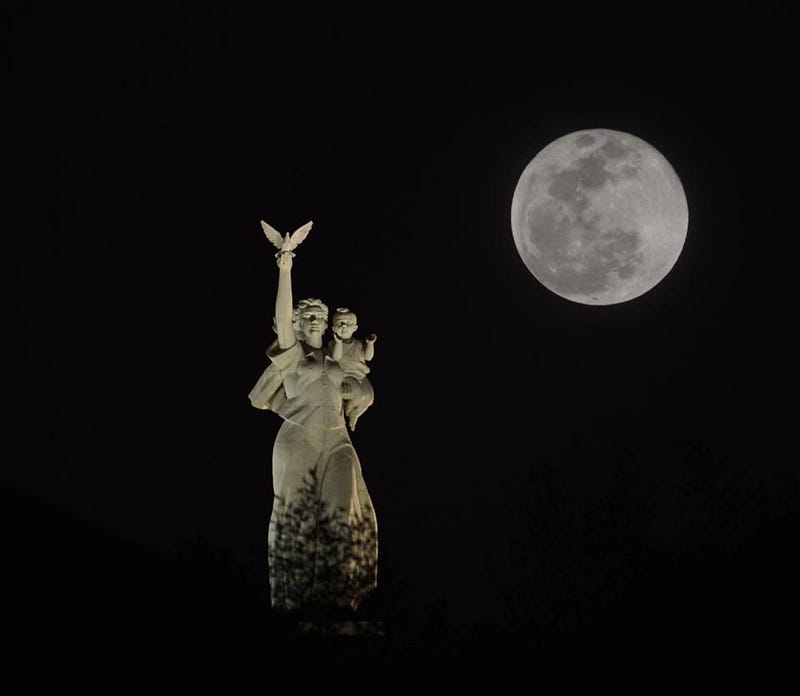
The Moon is our most constant and easily-visible companion in the night sky, with only the daytime Sun outshining it. When it reaches its closest point to Earth, at perigee, it exerts the greatest tidal forces and moves the most rapidly with respect to our world. When sunlight falls on the side of the Moon completely facing us, we see the Moon at its fullest phase. And when those two things line up — perigee and the full Moon — we see the Moon at its largest and brightest of all: a Supermoon.
The Supermoon of February 19th, 2019, will be the largest, brightest, closest full Moon that Earth will experience until 2026. If you have clear skies at all before sunrise in the morning or after sunset in the evening on Tuesday, you owe it to yourself to check it out. The wonders of the Universe rarely hit so close to home. Bring your eyes and a sense of wonder, and don’t forget to look up.
Ethan Siegel is the author of Beyond the Galaxy and Treknology. You can pre-order his third book, currently in development: the Encyclopaedia Cosmologica.




